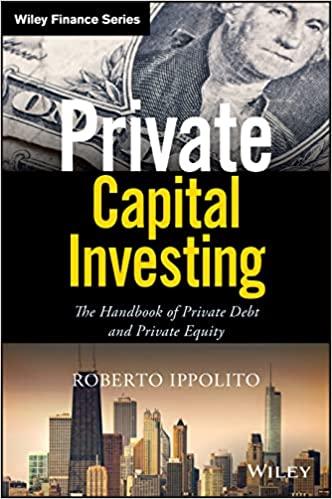Answered step by step
Verified Expert Solution
Question
1 Approved Answer
Asset A has an expected return of 15% and a return standard deviation of 16%. Asset B has an expected return of 20% and a
Asset A has an expected return of 15% and a return standard deviation of 16%. Asset B has an expected return of 20% and a return standard deviation of 30%. Asset C has an expected return of 12% and a return standard deviation of 10%. The return on the risk-free asset is 4%. If a risk-averse investor can only pick one risky asset to hold in conjunction with the risk-free asset, which one would he pick?
| asset B | ||
| asset A | ||
| Asset C | ||
| He is indifferent between asset A, asset B and asset C. |
Step by Step Solution
There are 3 Steps involved in it
Step: 1

Get Instant Access to Expert-Tailored Solutions
See step-by-step solutions with expert insights and AI powered tools for academic success
Step: 2

Step: 3

Ace Your Homework with AI
Get the answers you need in no time with our AI-driven, step-by-step assistance
Get Started


